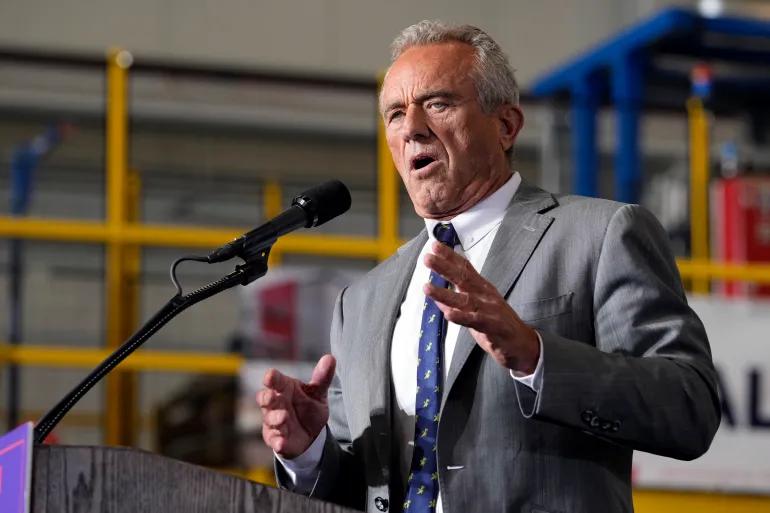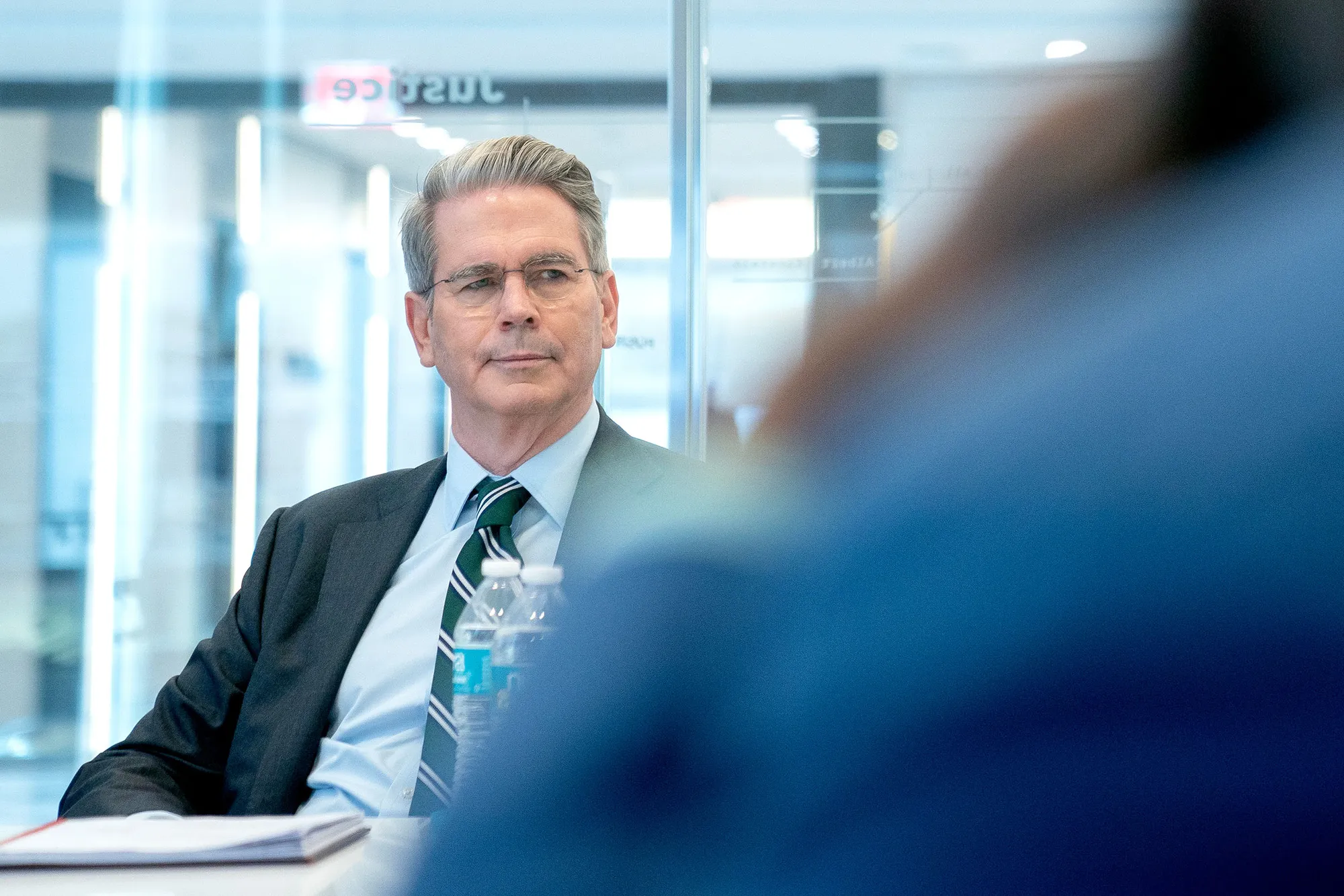Nvidia, the tech giant that rode the AI wave to become a trillion-dollar powerhouse, is now setting its sights on a new frontier—advanced robotics, Business Insider reports.
While Nvidia’s success in gaming and its mastery of the graphics processing unit (GPU) made it a key player in the artificial intelligence (AI) boom, the company’s next challenge may prove even more complex. CEO Jensen Huang envisions a future filled with humanoid robots, but technical obstacles and industry realities could make that vision difficult to realize.
During a presentation at Computex 2024 in Taipei, Huang, clad in his signature black leather jacket, excitedly gestured towards humanoid robots displayed on a massive screen behind him.
“Robotics is here. Physical AI is here. This is not science fiction,” he declared.
Although the robots on stage were simpler wheeled machines, resembling delivery robots, Huang’s aspirations for Nvidia are clear: he believes humanoid robots are the next big opportunity for the company. However, making that a reality may be far more complicated than Nvidia’s past successes.
Nvidia has already made massive strides in AI, largely thanks to its dominance in the data center market, which fuels 87% of its revenue. But the semiconductor industry is known for its unpredictability, with periods of intense demand followed by downturns. Robotics, though currently a small slice of Nvidia’s business, could offer a new growth avenue, especially as demand for AI computing power continues to grow across industries. Huang is betting that self-driving cars and humanoid robots, which require real-time perception and responses, will be the next high-volume products powered by Nvidia technology.
Yet, the road ahead is filled with challenges. Unlike software-based AI, robotics involves a complex combination of mechanical engineering, software development, and real-world physics.
“Robotic AI is the most complicated because it involves all these elements,” says Raul Martynek, CEO of Databank, a data center firm.
For robotics to truly take off, Nvidia will need to make the tools and technology accessible to a broader audience, much like it has done with language and image-based AI.
Nvidia’s robotic stack includes several platforms and tools designed to help developers build robots. For example, Omniverse is a simulation platform, while Isaac is a “gym” for training robots in virtual environments. The company also offers specialized chips, such as Jetson Thor, for powering robots, and its Project Groot is a “moonshot” initiative aimed at humanoid robotics. However, as complex as these tools are, experts say that Nvidia has yet to lower the barrier to entry for aspiring robot builders.
In addition, Nvidia faces competition from other players in the robotics field, such as Tesla and startups like Scaled Foundations, which are also working to develop AI-powered robots. While Nvidia touts its collaborations with industry leaders, there are concerns that it might adopt a closed ecosystem approach, much like Apple, which could limit innovation from smaller developers.
Despite these challenges, analysts remain optimistic about Nvidia’s potential in robotics. Research firm William Blair has predicted that Nvidia’s capabilities in robotics and digital twin technology could eventually become massive businesses. The company has already partnered with major firms like BMW and Boston Dynamics to implement its robotics platforms in real-world applications.
Still, creating humanoid robots remains a particularly difficult task. While robotic arms have been used in factories since the 1960s, building robots that can perform diverse tasks with human-like intelligence and dexterity is a long-term challenge. Some experts doubt whether humanoid robots are even the right goal, as simpler, more specialized robots might be more cost-effective and efficient.
Nevertheless, Huang is fully committed to this vision.
“The easiest robot to adapt to the world is a humanoid robot because we built the world for us,” he said at Computex.









